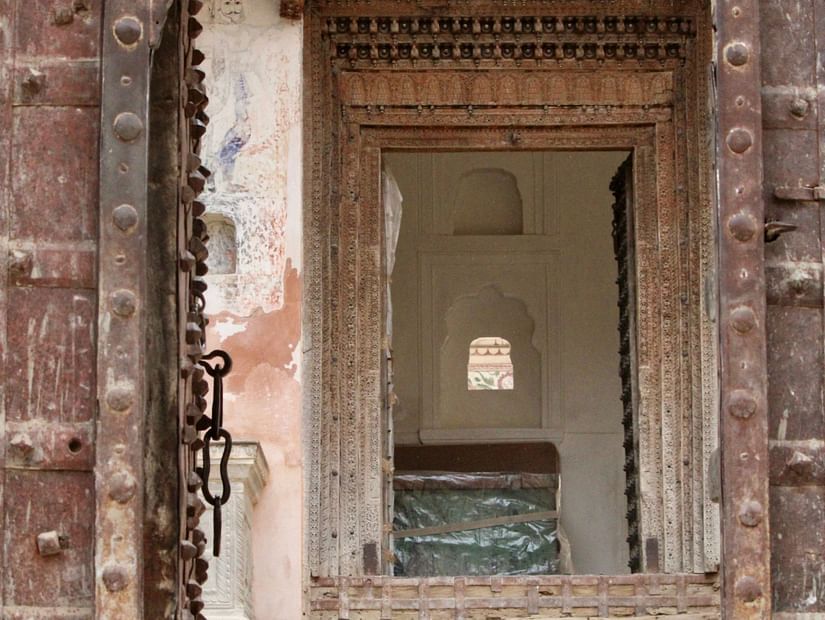Lake Pichola
This lake is a key highlight among the Udaipur sightseeing points. It started off as a small pond built by a banjara, who dammed up the waters of a mountain stream by building a dyke. Maharana Udai Singh extended this pond, creating the exquisite Lake Pichola. The lake lies to the immediate west of the ridge on which the City Palace of Udaipur stands. Maharana Udai Singh built a masonry dam, known as Badi Pol, and the lake is now 4 km long and 3 km wide. Amusingly, the water of the lake belongs to the Government of India whilst the land under water belongs to the royal family.
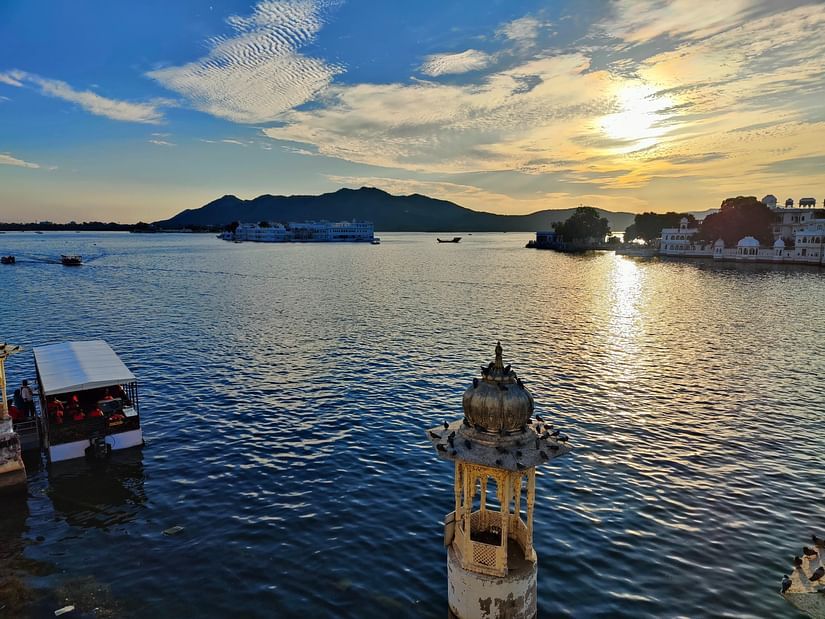

Fatehsagar Lake
North of Pichola Lake, this water body is overlooked by a number of hills and parks. It was originally built in 1678 by Maharana Jai Singh but reconstructed by Maharana Fateh Singh after heavy rains destroyed the dam. A pleasant drive winds along the east bank and in the middle is Nehru Park, a popular garden island with a cafe shaped like a boat. You can get there by boat from near the bottom of Moti Magri. Paddle boats are available. You can also enjoy a speed boat ride or water scooter ride in Fateh Sagar.
City Palace
The gigantic City Palace, towering over the Pichola Lake, is the largest palace complex in Rajasthan. It extends a considerable distance along the east bank of the lake. South of the palace, a pleasant garden runs down to the shore. The original structure was built in the sixteenth century. Thereafter, each successive generation of rulers in Udaipur made its architectural mark on the City Palace complex. By the end of the nineteenth century, the Maharana's Palace was a city in itself, with storehouses, stables, wells and farms within its walls. In spite of being a conglomeration of buildings added by various rulers, the palace complex manages to retain a surprising integrity of design. The palace has numerous balconies, towers and cupolas and there are stunning views over the lake and the city from the upper terraces.
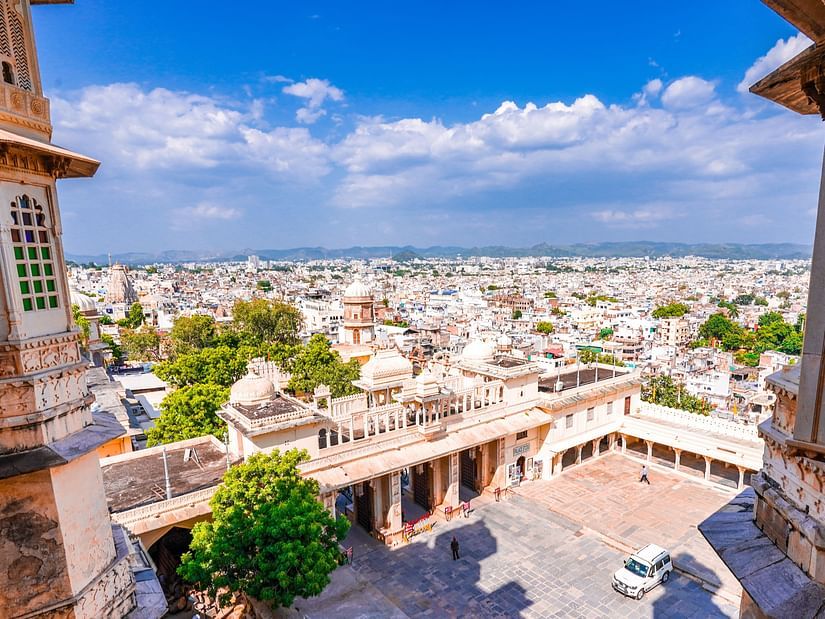
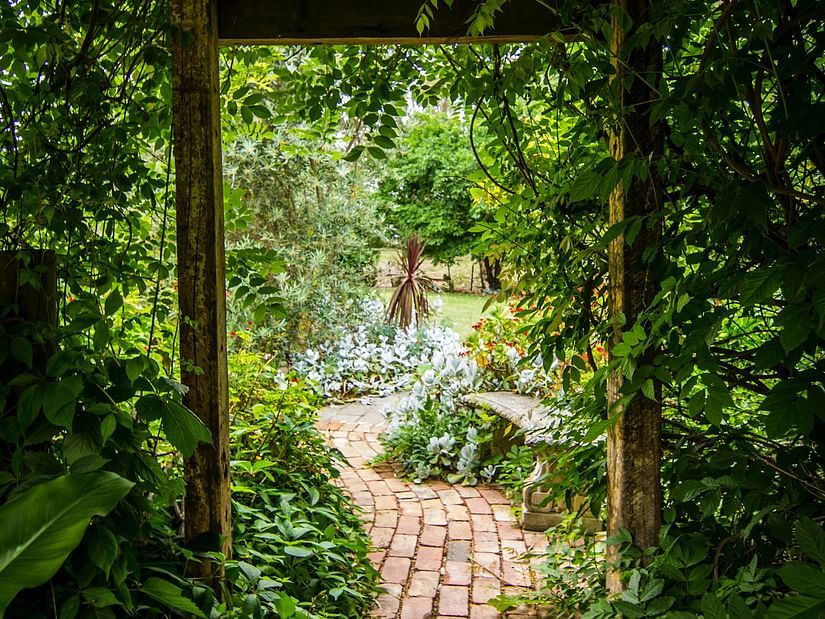
Gulab Bagh
Laid by Maharana Sajjan Singh Jji in the 18th century, Gulab Bagh, also known as Sajjan Niwas Garden, creates soothing vistas with exotic rose beds, fruit trees, orchids and attractive-looking plants. The Saraswati Bhawan Library at Gulab Bagh is a storehouse of volumes that deal with topics such as history, archaeology, Indology and quite a few old manuscripts that can trace their origin to the early medieval period. There are several handwritten manuscripts from the ancient past on display at the Gulab Bagh Museum.
Doodh Talai
Dudh Talai is a dainty lake in Udaipur studded with enhancements of human pleasures. The lake beautifies the southeast part of Lake Pichola and has an affable view from twinkling places like City Palace, Jag Mandir, etc. The small inlet of this lake contributes its water to the larger lake Pichola. This place is unique with the presence of a conspicuous view of Shiv Niwas Palace on its southern side and is adorned by two parks which add grace to its shore. Manikya Lal Verma Garden and Pandit Deen Dayal Musical Fountain Par showcase modern architecture and allow one to stroll along its beauty.
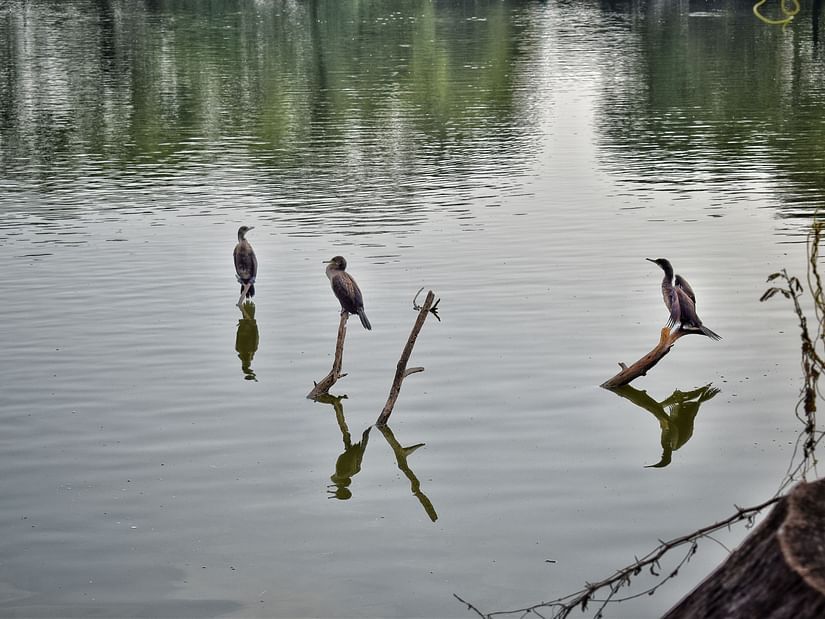
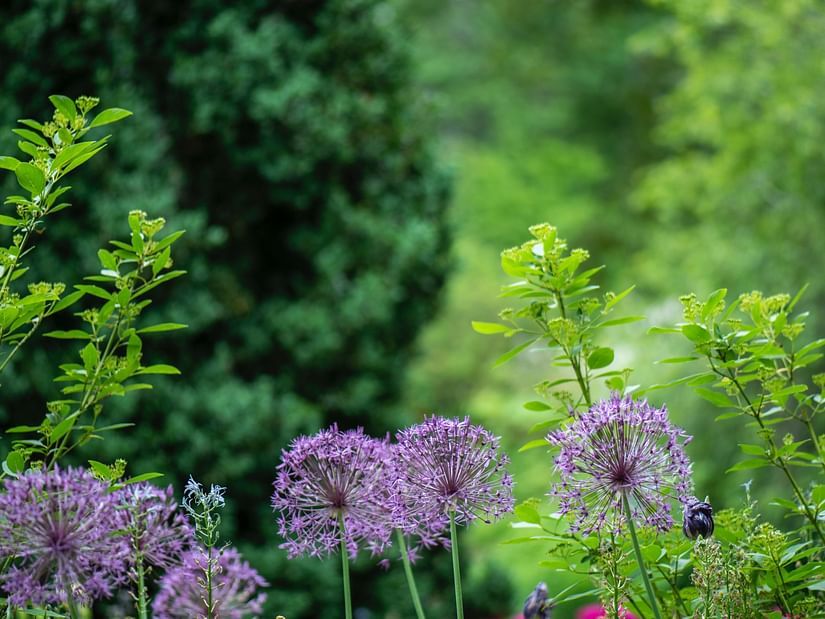
Nehru Garden
Named after Jawaharlal Nehru, the first Prime Minister of India, Nehru Island Park alias Nehru Garden, is an oval-shaped island, located in the middle of Fateh Sagar Lake. Inaugurated on 14th November 1967, Nehru Park, covering an area of 41 acres (170,000m2) of land, is a perfect place to spend leisure time. Nehru Park contains a small zoo especially designed for kids, a beautiful garden with a lily pond and a few small restaurants, mainly a boat-shaped floating restaurant. Besides these, the garden encloses a pyramid-shaped water fountain, which resembles the Brindavan garden of Mysore.
Saheliyon ki Bari
Maharana Sangram Singh built this Garden in the mid-18th century. The ‘Garden of the Maidens’ brings to mind the lifestyle of the ladies of the court. These delightful gardens reflect their discreet and impeccable tastes. There are four pools with dainty kiosks. All around are flowerbeds, lawns, pools and fountains protected by a series of walls and trees offering plenty of shade. The fountains of the Saheliyon ki Bari function solely by water pressure and no pumps are used. The garden has a lotus pool and a sitting room decorated with paintings and glass mosaics. The whole ambience is flavoured by the reminiscence of those beautiful belles enjoying themselves in lavish environs.
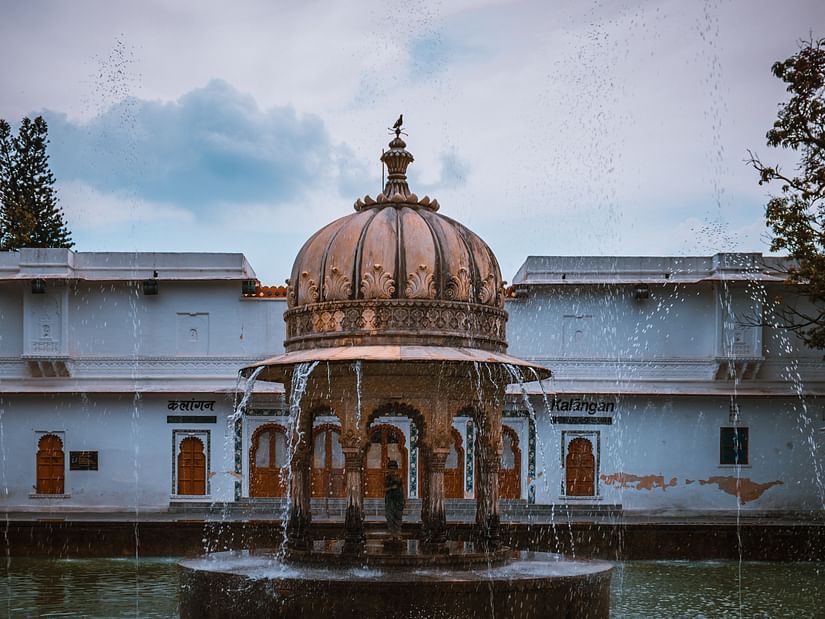

Sajjangarh
Sajjangarh Biological Park is a zoological garden located in Udaipur, Rajasthan, India. This biological park is situated just beneath the Monsoon Palace (also known as Sajjangarh Palace), around 12 km from the city centre. The zoo has different varieties of animals and birds which have been brought from different parts of the world. At present, it houses 60 animals of 21 species including tigers, panthers, lions, ostriches, alligators, rhesus monkeys etc.
Karni Mata Ropeway
Karni Mata is a revered Hindu temple located in Udaipur, Rajasthan. It is dedicated to the goddess Karni Mata, who is believed to be an incarnation of the goddess Durga. The temple is known for its unique population of rats, which are considered sacred and worshipped by the devotees. The Karni Mata Temple attracts visitors who seek blessings and witness this intriguing aspect of the temple's culture.
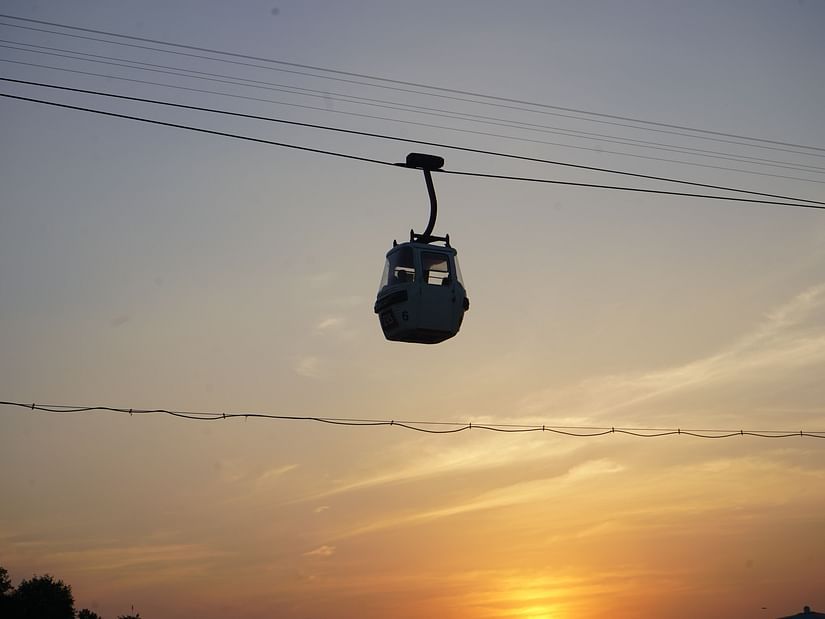
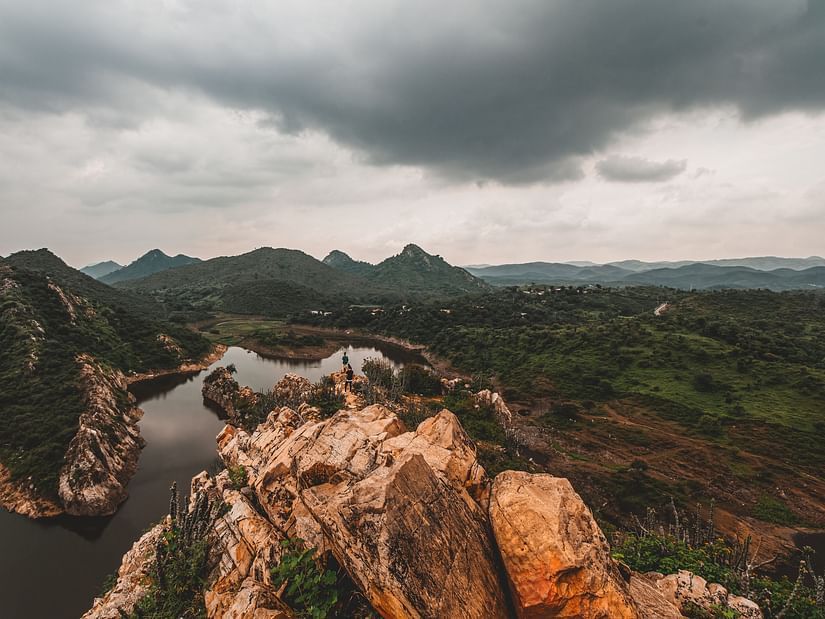
Badi Lake
Jiyan Sagar is another striking lake, located in the village of Badi. Built by Maharana Raj Singh, Jiyan Sagar was built to deal with the problem of famine in the area. The lake was named after Jana Devi, the mother of Raj Singh. Jiyan Sagar is also known as Badi Ka Talab. It sprawls in an area of 155 sq. km. and the embankment of the lake extends to a length of 180 meters and width of 18 meters. Jiyan Sagar also adores three artistic kiosks (chattris).
Ekling Ji
Eklingji Temple is one of the most famous temples in Rajasthan. Located in the town of Eklingji (Kailashpuri), the place got its popular name from the temple. Eklingji Temple is positioned at a distance of 22 km north of Udaipur, on the national highway no. 8. Eklingnath Temple is dedicated to the Lord Shiva of the Hindu religion. Initially, the temple was built in 734 A.D. by Bappa Rawal. Since that time, Eklingji has been the ruling deity of Mewar rulers.

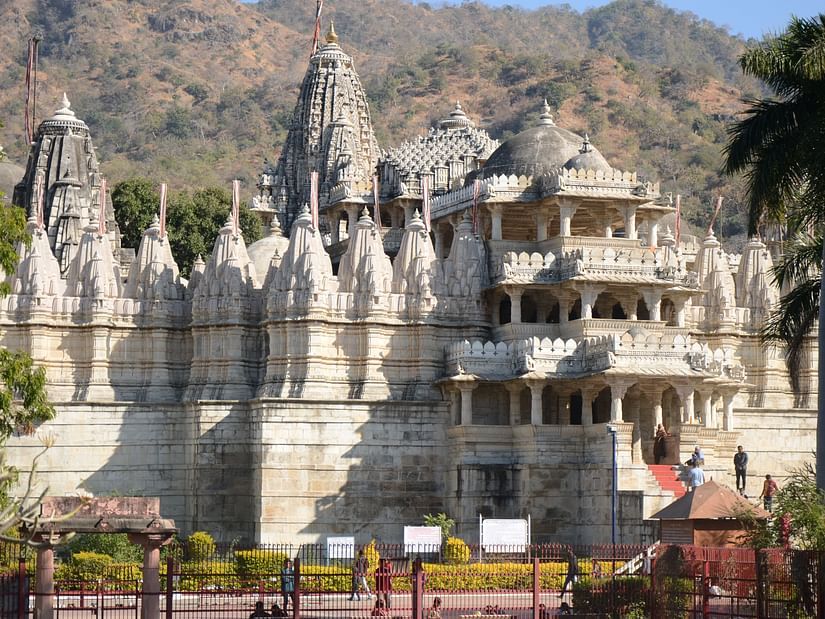
Ranakpur
Ranakpur is a village located in Desuri tehsil near Sadri town in the Pali district of Rajasthan in western India. It is located between Jodhpur and Udaipur. 162 km from Jodhpur and 91 km from Udaipur, in a valley on the western side of the Aravalli Range. The Nearest Railway Station to reach Ranakpur is Falna Railway Station. Ranakpur is one of the most famous places to visit in Udaipur, Rajasthan. Ranakpur is easily accessed by road from Udaipur.
Nathdwara
Shrinathji of Nathdwara is 48 km from Udaipur. The temple is dedicated to Lord Krishna with the diety’s image carved out of a single block of black marble. The temple is set amidst idyllic hills, it is known to be the second-richest temple in the world. The structure of this temple is simple, but the aesthetic appeal of this temple is ceaseless. The image of Shrinathji is worth seeing and feeling the celestial beauty of God. Lord Shrinathji symbolizes a form of Lord Krishna when he lifted the ‘Govardhana’ (a hill). In the image, the lord is revealed with his left hand raised and the right is bunged in a fist.


Chittorgarh
Chittorgarh is a historic city in Rajasthan, India, renowned for its majestic Chittorgarh Fort. The fort stands atop a hill and is a UNESCO World Heritage Site. It is famous for its rich Rajput history, valour, and tales of sacrifice. The fort complex houses palaces, temples, and commemorative structures that showcase the city's royal heritage. Chittorgarh is a significant destination for history enthusiasts and offers a glimpse into Rajasthan's glorious past.
Haldi Ghati
Haldighati which is located towards the southwest of Nathdwara 42 km from Udaipur, is a historical site which witnessed the great legendry battle fought between Maharana Pratap and the Mughal Emperor - Akbar in 1576 AD. The vast terrain that was supposedly covered with blood (the sand turned Red in colour) evokes a chill in the spine to date and envelopes a feel of nostalgia, this was the place where the heroic Chetak the gallant charger with his dedicated loyalty towards his chivalrous master (the Maharana Pratap) proved his worth by co-operating till his last breath.
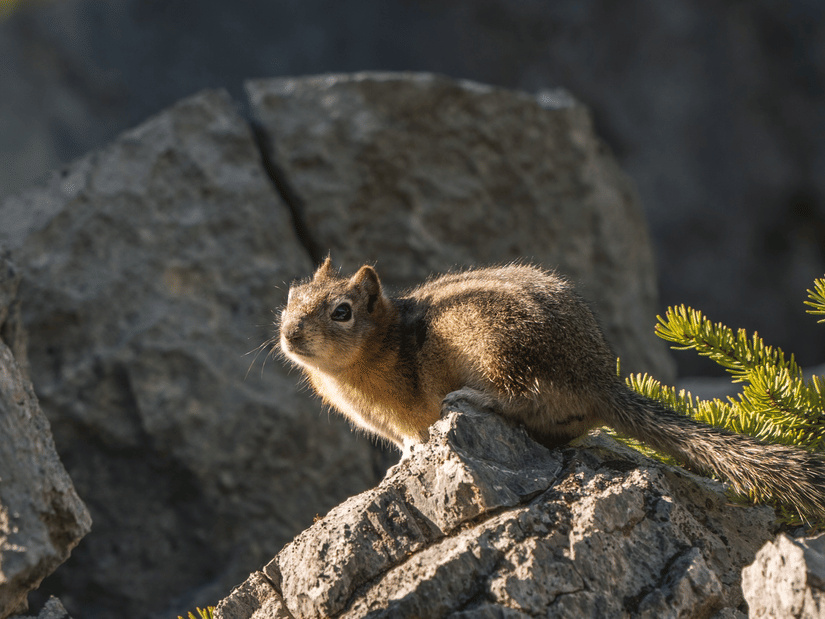

Kumbhalgarh
Nestled amidst the lush green forest and surrounded by the mighty hills of Aravallis, the Kumbhalgarh Fort is the second most important fort after Chittorgarh in the state of Rajasthan in India. It is also the 2nd largest fort in Rajasthan after the Chittorgarh Fort. The Kumbhalgarh Fort gets its name from Maharana Kumbha who built it during the 15th century AD. It was renovated by Maharana Fateh Singh during the 19th Century and is 100 Km from Udaipur.
Bagore ki Haveli
This is a very congenial old building built right on the waterfront of Lake Pichola at Gangaur Ghat. Amir Chand Badwa, the Prime Minister of Mewar built it in the eighteenth century. The palace has over a hundred rooms and some very interesting displays of costumes and modern art. The glass and mirror in the interiors of the Haveli are delicate work and well preserved too. It also preserves a fine example of Mewar Painting on the walls of the Queen’s Chamber. The two peacocks made from small pieces of coloured glass are fine examples of glasswork.
